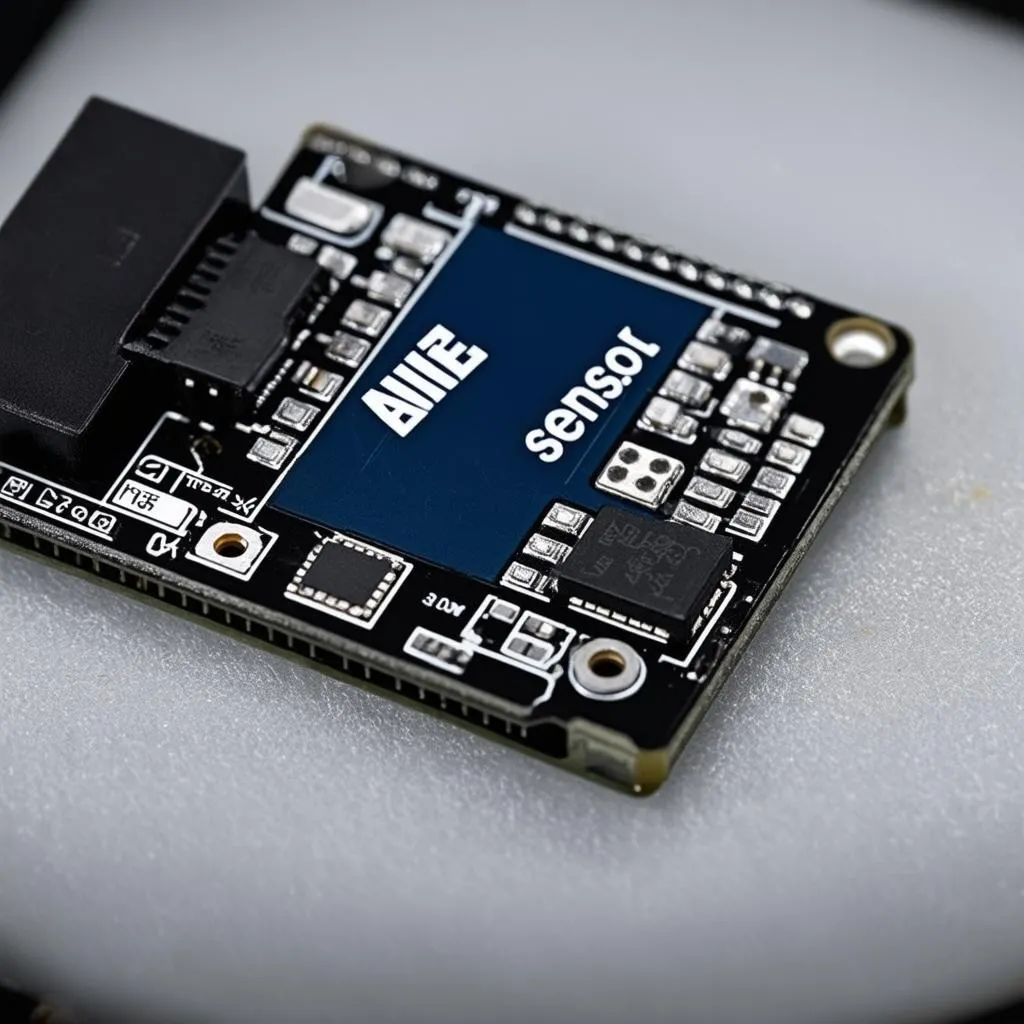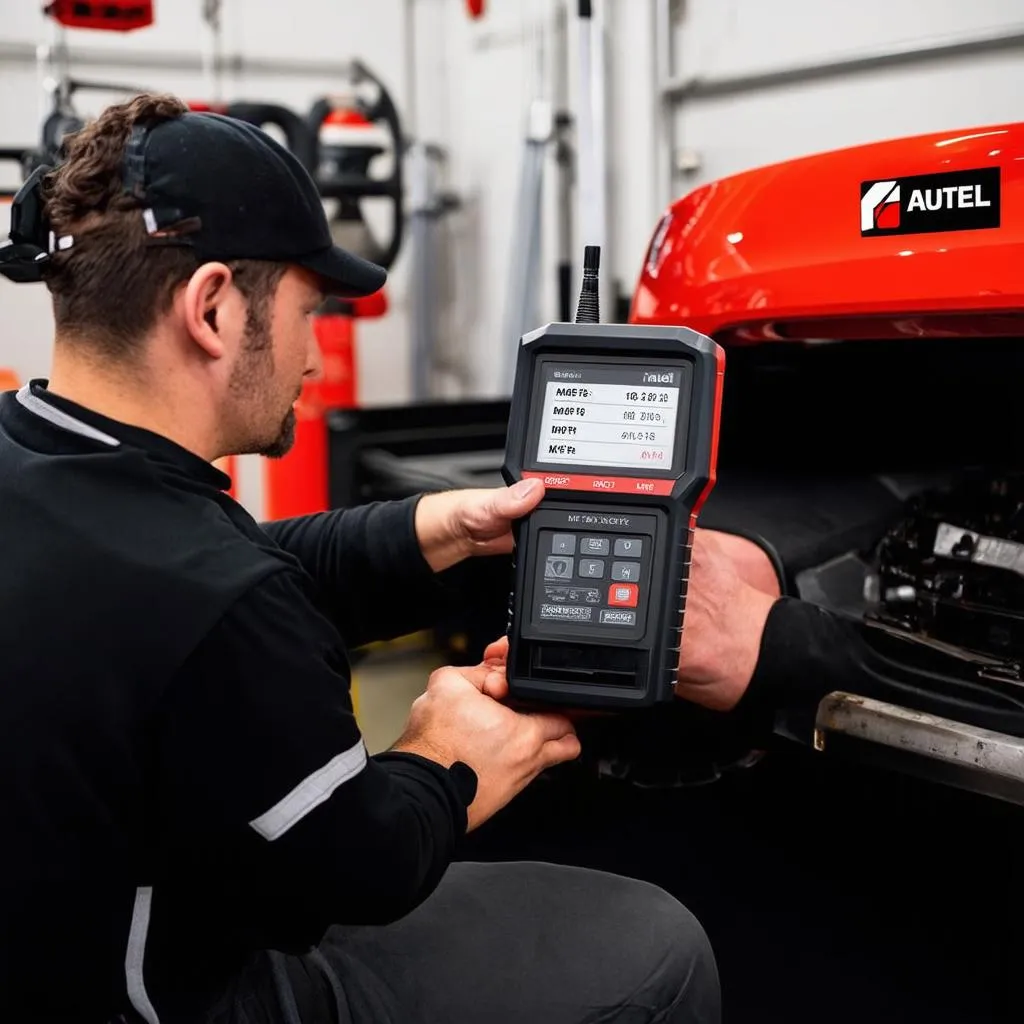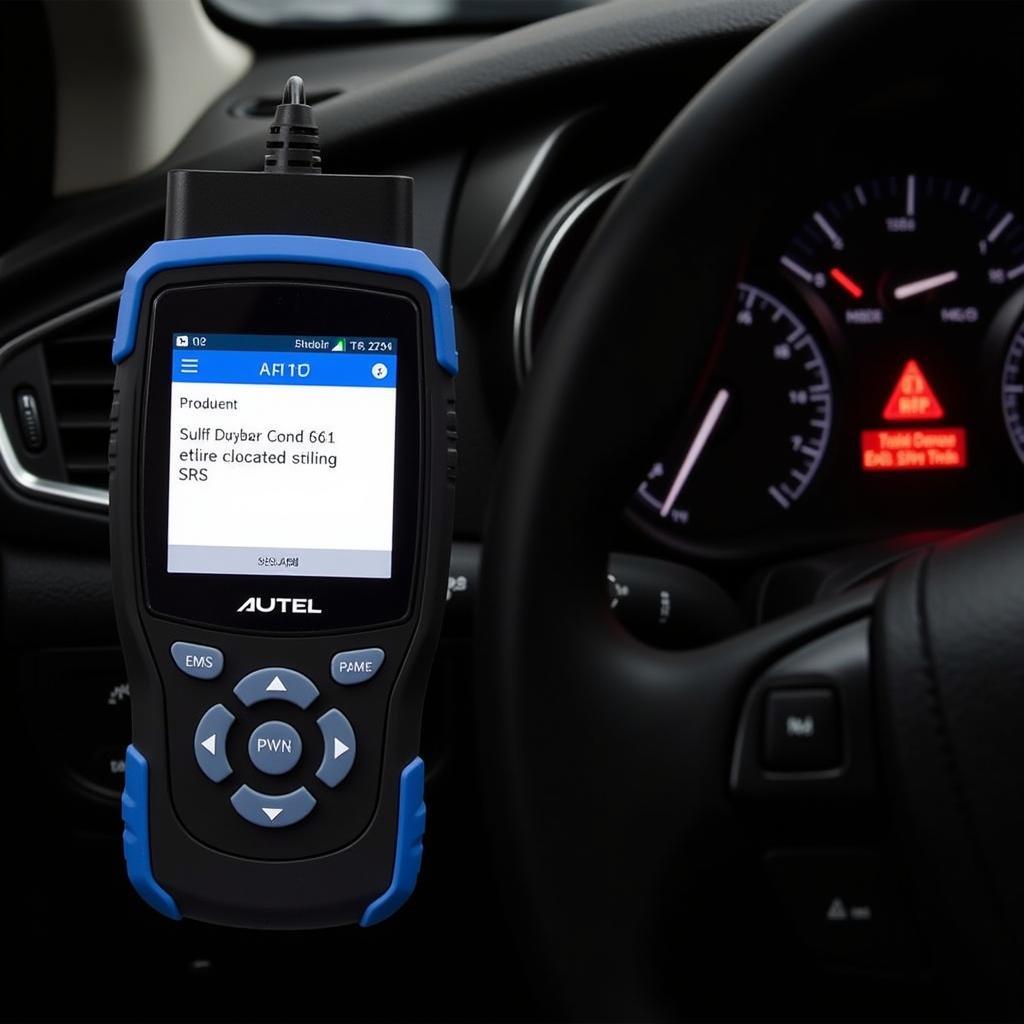Have you ever gotten a flat tire and wondered about that little valve stem staring back at you? That’s your Tire Pressure Monitoring System (TPMS) sensor, and it’s a crucial part of your car’s safety system. Today, we’re diving deep into the world of the Autel MX-Sensor 315MHz, a game-changer in the TPMS world. Whether you’re a DIY mechanic or just curious about your car, this guide will arm you with the knowledge you need.
Decoding the Autel MX-Sensor 315MHz
What is the Autel MX-Sensor 315MHz?
The Autel MX-Sensor 315MHz is a universal programmable TPMS sensor designed to replace and service most original equipment sensors on a wide range of vehicles. Think of it as the Swiss Army Knife of TPMS sensors, ready to tackle any make and model that crosses your path.
Why is the Autel MX-Sensor 315MHz a Big Deal?
1. Cost-Effective Solution: Imagine having to stock a different sensor for every car that rolls into your shop. The MX-Sensor 315MHz eliminates that headache, saving you money and storage space.
2. Time-Saving Marvel: With easy programmability, the MX-Sensor 315MHz significantly cuts down service time, allowing you to get more cars back on the road, faster.
3. Future-Proofing Your Shop: The automotive world is rapidly evolving. The MX-Sensor 315MHz keeps pace, offering the latest technology and software updates to keep you ahead of the curve.
 Autel MX-Sensor 315MHz Closeup
Autel MX-Sensor 315MHz Closeup
Common Questions About the Autel MX-Sensor 315MHz
What does 315MHz mean?
The “315MHz” refers to the radio frequency used by the sensor to transmit tire pressure and temperature data to your car’s computer. It’s like a specific channel on a walkie-talkie, ensuring clear communication between the sensor and your vehicle.
How do I know if the Autel MX-Sensor 315MHz is compatible with my car?
Autel provides comprehensive coverage charts and online tools to verify compatibility with your specific vehicle make, model, and year.
Can I program the Autel MX-Sensor 315MHz myself?
Absolutely! Autel offers user-friendly programming tools that allow both DIY enthusiasts and professionals to program the sensors with ease.
What are the benefits of using a TPMS system?
- Increased Safety: A properly functioning TPMS warns you of underinflated tires, reducing the risk of blowouts and accidents.
- Improved Fuel Efficiency: Underinflated tires create more rolling resistance, forcing your engine to work harder and consume more fuel. TPMS helps you maintain optimal tire pressure, maximizing your fuel economy.
- Extended Tire Life: Underinflation can lead to uneven tire wear and premature failure. TPMS helps you get the most out of your tires, saving you money in the long run.
 Mechanic Programming Autel MX-Sensor
Mechanic Programming Autel MX-Sensor
Beyond the Technical: The Human Element
Imagine this: You’re driving down a winding mountain road, enjoying the scenic views, when suddenly, your TPMS light blinks on. Thanks to your Autel MX-Sensor 315MHz, you’re instantly alerted to a drop in tire pressure, potentially avoiding a dangerous situation.
“The Autel MX-Sensor provides peace of mind, knowing that my family and I are safe on the road,” says John S., a satisfied Autel customer. “It’s an investment in safety and convenience.”
Taking Control of Your Vehicle’s Well-being
The Autel MX-Sensor 315MHz empowers you to take control of your vehicle’s safety and performance. It’s a small investment that can make a big difference in your driving experience.
Need Help with Your TPMS?
Contact us on WhatsApp at +84767531508 for expert assistance with all your TPMS needs. Our team of automotive specialists is available 24/7 to answer your questions and guide you through the process.
Exploring More Automotive Insights
- Discover other TPMS solutions: [Link to TPMS category on diagxcar.com]
- Learn about diagnostic tools: [Link to diagnostic tools category on diagxcar.com]
- Get expert car care tips: [Link to blog section on diagxcar.com]
Don’t forget to share this article with fellow car enthusiasts and leave a comment below with your thoughts and questions!


